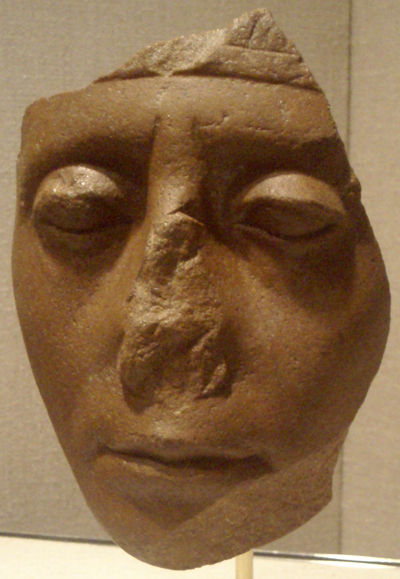 Senwosret III probably isnt the first person you think of when it comes to the Nobel Prize, but this ancient Egyptian Pharoah was making a significant contribution to future archaeology long before Barack Obama stole the show by scooping this year’s Nobel Peace Prize.
Senwosret III probably isnt the first person you think of when it comes to the Nobel Prize, but this ancient Egyptian Pharoah was making a significant contribution to future archaeology long before Barack Obama stole the show by scooping this year’s Nobel Peace Prize.
The Egyptian pharaoh, who lived ca. 1870-1831 BC, launched several military campaigns into Nubia. As Egyptologist Gae Callender writes in The Oxford History of Ancient Egypt these were brutal conquests. Nubian men were killed, their women and children enslaved, their fields burnt, and their wells poisoned.
Not something Alfred Nobel would condone.
Nevertheless, in an indirect way, the pharaoh helped garner a 20th century chemist, Dr. Willard Libby, a Nobel Prize. How is this so?
It all started with research that was going on the 1940s and 1950s. Libby was researching Carbon-14 and whether it might be useful to date ancient objects. This isotope is found in organic matter and decays at a set rate, with a half life of about 5,730 years.
Today its used all over the world to date archaeological remains and has become something we tend to take for granted.
But, in the 1940s, this was revolutionary new technology. Archaeologists lacked a method to precisely date archaeological andbotanicalremains and Libbys method would go on to change all that.
There was just one problem – Libby needed to prove that his technology could reliably date objects of an ancient date.
Enter Senwosret III, the Nubia conquering Egyptian Pharaoh. When he died,his people builta funerary boat to aid his passage into the afterlife. In the 1940s remains of it were being kept in the Chicago Natural History Museum (now the Field Museum).Archaeologists had a pretty good idea, from historical records, of whenSenwosret IIIdied (ca. 1830 BC). Wood is also an organic matter, which means Carbon-14 dating works on it.
Libby recognized that this artefact would be excellent for testing. He used his upstart Carbon-14 method to date Senwosret IIIs boat.
The results came back showing that the boat dated to 1,700 BC, plus or minus 400 years. Not bad for one of the first tests! He testedseveral other artefacts to prove that this wasn’t a fluke.
In the years to come it would be found that these dates need to be calibrated to take into account the changing level of Carbon-14 in the atmosphere. Tree rings would become a popular method with which to do it.
But, with some help from a pharaoh, Libby had proven his point. Carbon-14 was a viable dating method. In 1960 he was awarded the Nobel Prize for Chemistry for his discovery.
At the Nobel Prize ceremony the President of the Royal Academy of Sciences, Astronomy, Dr. Bertil Lindblad, said:
The extremely delicate measurements of the carbon-14 isotope which you have inaugurated in your ingenious method serve not only natural science but to a very great extent archaeology and the study of the history of mankind in its early ages.